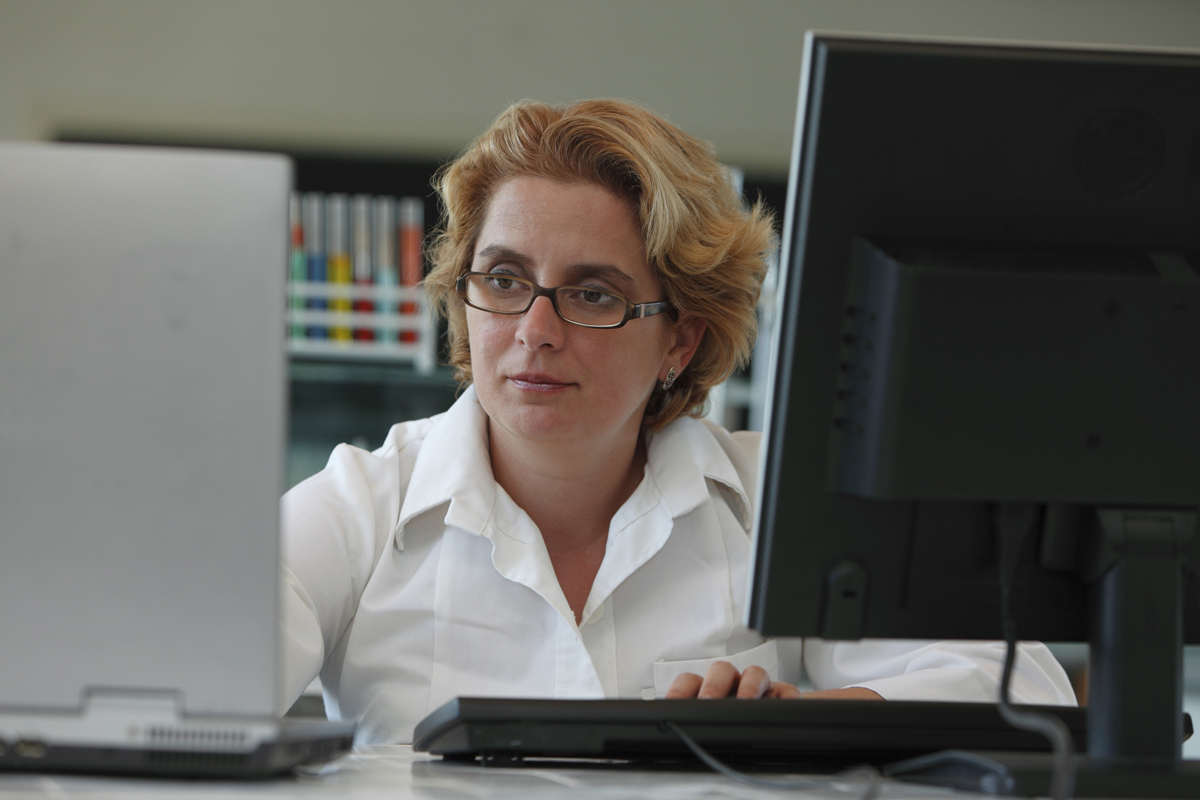Scientists make major quantum mechanics breakthrough
Quantum computing has come one step closer as scientists manage to create a superposition in ordinary silicon.

Scientists from three British universities have made a significant breakthrough in quantum mechanics, bringing the dream of affordable quantum computing one step closer to reality.
Working with the FOM Institute for Plasma Physics in the Netherlands, teams from the University of Surrey, University College London, Edinburgh's Heriot-Watt University have successfully managed to control the propensity of an electron to exist in two places at once inside silicon the most commonly used material in electronics.
The feat of putting an electron in two places at once was achieved using a far-infrared, very short, high-intensity pulse from a laser known as the Dutch Felix laser.
While conventional bits of data found in today's typical PCs are set to either zero or one, the superposition state achieved using the Felix laser enables a quantum bit (or qubit) to effectively be not only zero or one, but both zero and one at the same time..
"The scientists have created a simple version of Schrodinger's cat which is paradoxically simultaneously both dead and alive in the cheap and simple material out of which ordinary computer chips are made," a University College London statement reveals.
Ben Murdin, who heads up the Photonics group at the University of Surrey, hailed the significance of the breakthrough: "This means the development of a silicon-based quantum computer may be just over the horizon. Quantum computers can solve some problems much more efficiently than conventional computers and they will be particularly useful for security because they can quickly crack existing codes and create uncrackable codes.
"This is a real breakthrough for modern electronics and has huge potential for the future."
Get the ITPro daily newsletter
Sign up today and you will receive a free copy of our Future Focus 2025 report - the leading guidance on AI, cybersecurity and other IT challenges as per 700+ senior executives
Murdin added that much of the quantum engineering work already done could in principle be applied to common silicon too. The research was published in the science journal Nature.
-
 Should AI PCs be part of your next hardware refresh?
Should AI PCs be part of your next hardware refresh?AI PCs are fast becoming a business staple and a surefire way to future-proof your business
By Bobby Hellard
-
 Westcon-Comstor and Vectra AI launch brace of new channel initiatives
Westcon-Comstor and Vectra AI launch brace of new channel initiativesNews Westcon-Comstor and Vectra AI have announced the launch of two new channel growth initiatives focused on the managed security service provider (MSSP) space and AWS Marketplace.
By Daniel Todd